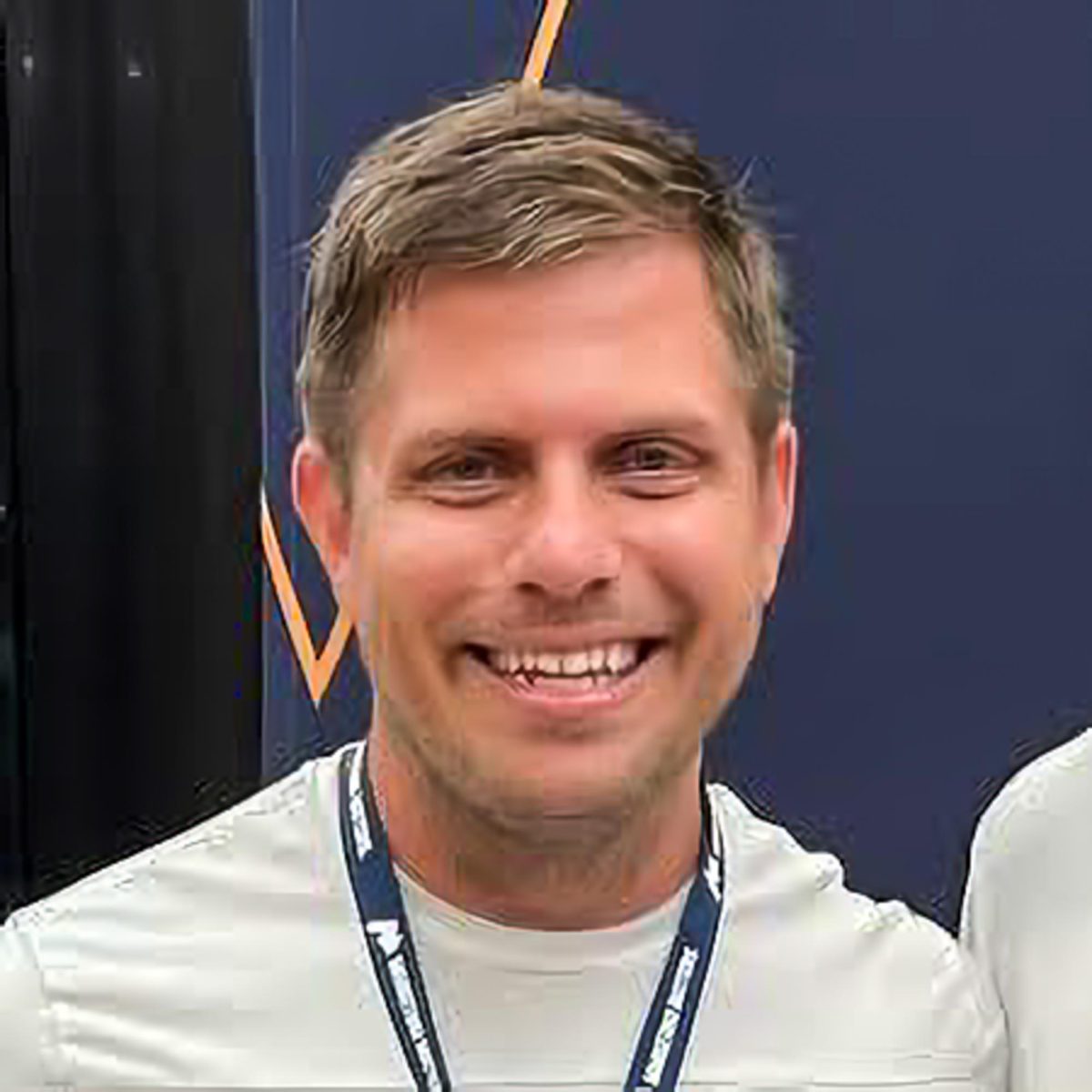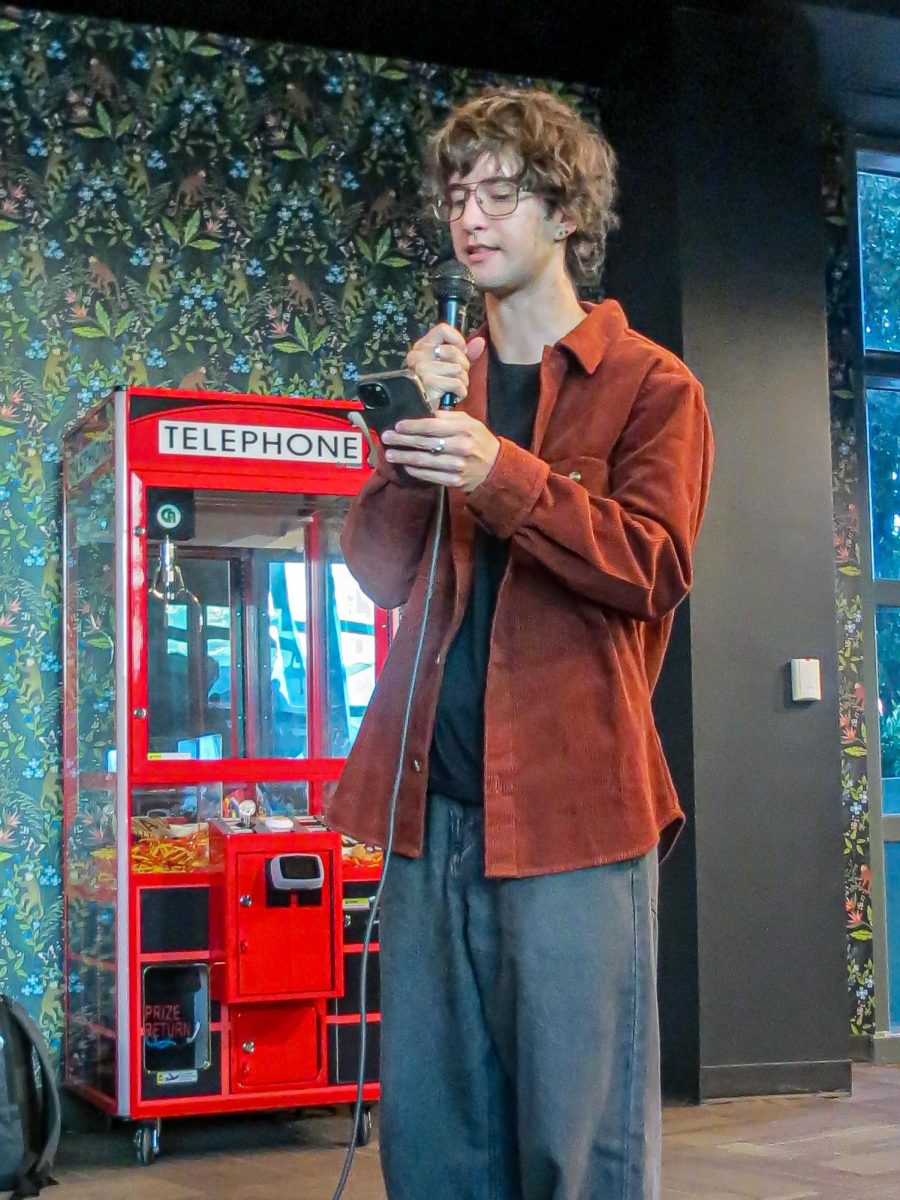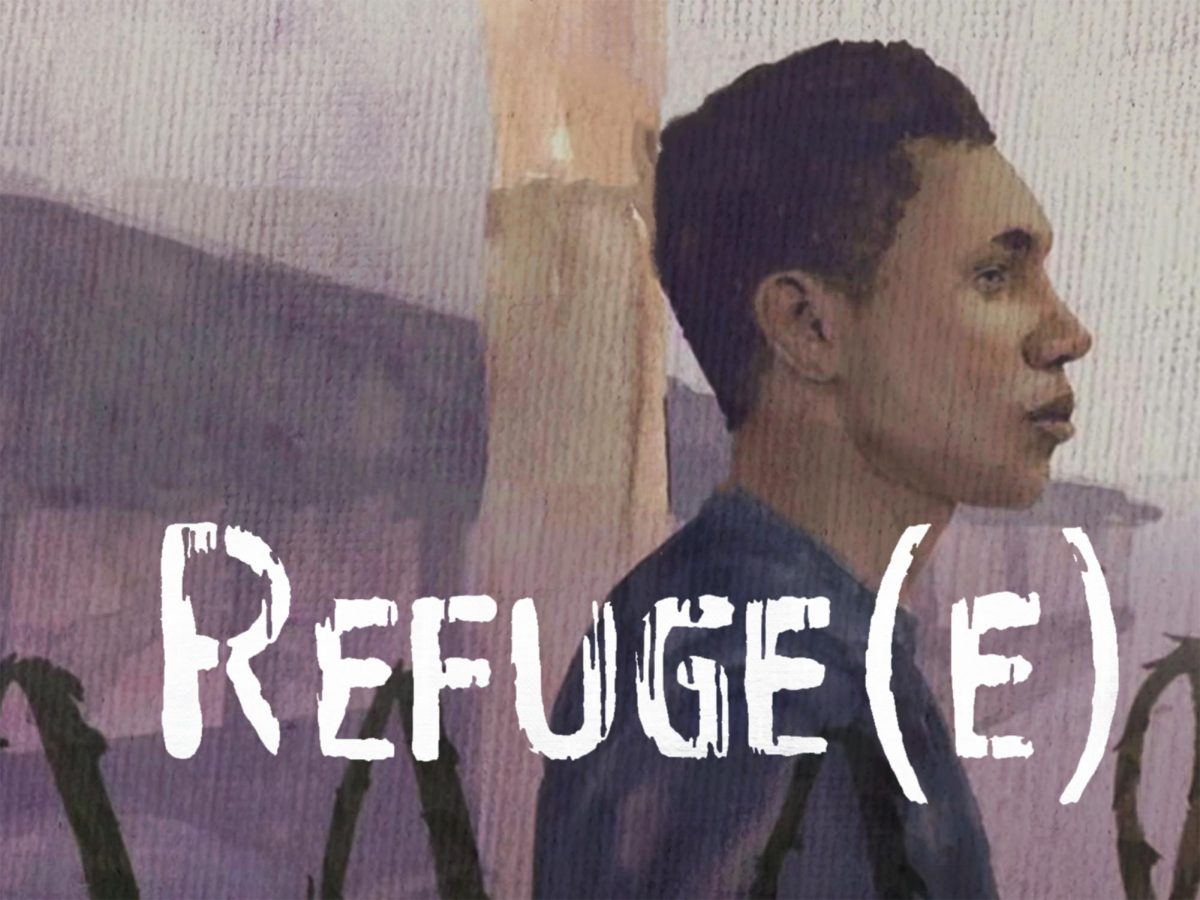College can be tough sometimes, one resource that can help many students on campus is The Federal TRIO Program (TRIO).
“TRIO was established in 1964 by President Johnson on his war on poverty, so TRIO has been around for a long time,” said TRIO director Angie Gauthier, “and what we do is we support students who might otherwise be at risk to not graduate.”
Created to combat the many negative influences of poverty that drag potential college students down, plenty of inspiration can happen in the TRIO office.
“It’s been a lot of fun [working at TRIO],” said TRIO peer coach Shayli Peterson, “So, you get a caseload of different students you work with and it’s just tons of fun. It’s right along with what I’m doing in psychology, it’s a lot of peer counseling and peer mentoring.”
Aside from peer counseling and mentoring, there are practical solutions and advice that TRIO provides to students as well.
“You’re just sitting down with the kids and I love when you give them a resource or a way to do something, and they come back they’re like, ‘That worked great, I’m managing my time so much better, or your budget sheet is working really well,’” said Peterson.
It is important to note that TRIO is not for every Maverick, as only 50% of Colorado Mesa University (CMU) students are eligible.
“So our students meet one of three qualifications, they meet federal income requirements, they may have a documented disability and or they might be first-generation college students,” said Gauthier, “so students who may not have the mentor or the person in their life to go to and ask how to navigate higher education. We just help them with anything they need to navigate higher education.”
In addition to TRIO’s long-standing history, there are plenty of new developments TRIO has created.
“We just recently had our STEM program come out this semester and that’s been going really great. We’re getting tons of new participants over there, it’s been really fun,” said Peterson.
The new addition of TRIO’s STEM program is certainly not something to overlook, as it provides new specialties for TRIO participants.
“I would say the addition of our STEM grant is huge,” said Gauthier, “We have had the regular program since 2010, they are five-year grants, so we’re on our third grant cycle with the regular program. 2020 was the new grant, and we got the STEM grant added to that. So in the past, we could serve 150 students on the regular program, and now we can serve with an additional 120 for the STEM program.”
Regardless of any new developments TRIO makes, it will always be a personable organization dedicated to students.
“The cool thing about TRIO is that we’re almost like a club, but we shrink the entire university down to one office, so we do everything,” said Gauthier, “we do it all in one office because we’re here to help students be able to navigate higher education.”
If you meet any of the requirements and need extra help, reach out to the TRIO department and see if you can become a participant.









